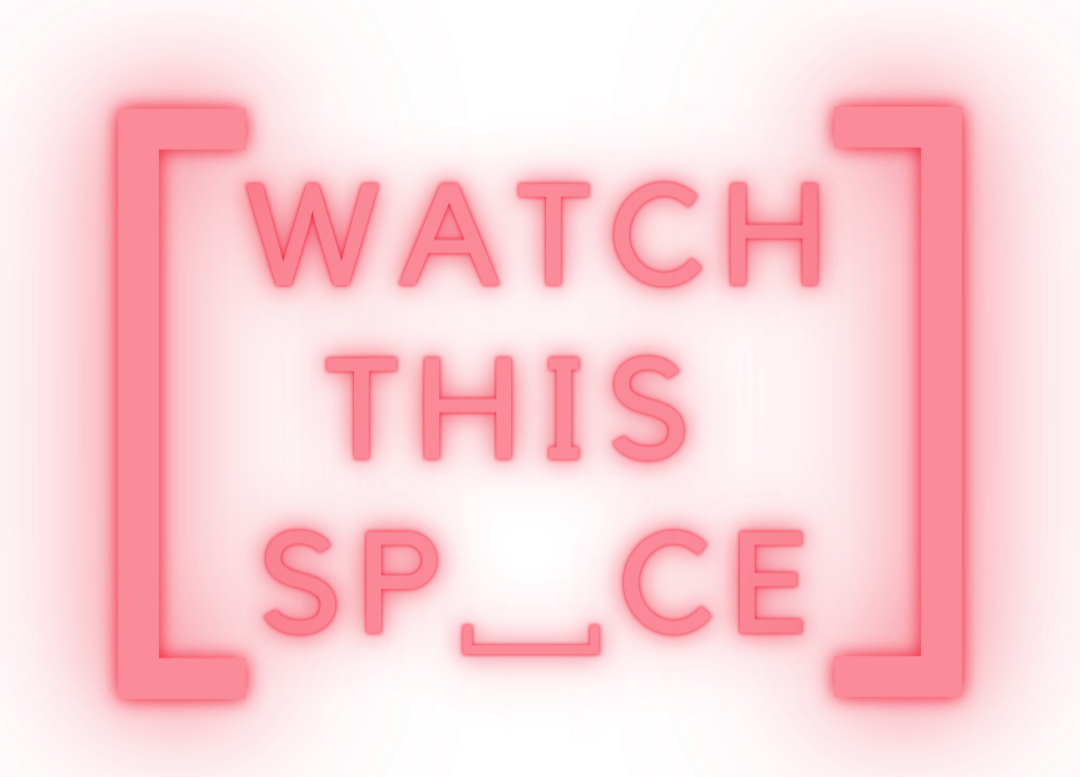One of the most vital parts of your diversity and inclusion journey is that all of your team need to be on the same page. You all need to know where you’re aiming to reach your goals.
In our Discovery Workshops, we work with organisations to define key terms and to establish agreed concepts on which to base their vision of the future. If you’re working to build your own objectives for a more inclusive workplace, you might find these definitions helpful.
Diversity
Let’s start right at the beginning – what is diversity?
In essence, it’s the condition of being varied. A diverse situation is one that includes many different things or people.
We already live in a diverse society – human beings are incredibly varied, and there is diversity all around us. The issue is enabling diverse people and perspectives to have influence and visibility in society and our organisations.
Inclusion
Inclusion means providing equal access to opportunities, resources and power for everyone. When people are included they feel involved. They feel part of something.
Inclusion in a workplace context means making everyone – all those diverse individuals – feel welcome, valued and heard.
Belonging
Belonging is a step further than inclusion. Not only do people feel involved, they feel intrinsically connected with it.
If you can provide your team with the psychological safety to feel able to contribute daring thoughts and support them to care enough about the organisation to want to contribute their best, then you have a culture of belonging.
Unconscious Bias
Unconscious biases are automatic ideas about people or things that everyone forms outside their conscious awareness.
These don’t make you a prejudiced person, but they can inform actions/decisions that exclude others, so unlearning them is key.
White Privilege
These are the inherent advantages possessed by a white person solely based on their race, which grants them disproportionate access to systemic and structural power.
It has nothing to do with an individual’s level of wealth or security but indicates the reduced number of institutional barriers that white people encounter compared to people from other ethnic backgrounds.
Microaggression
Microaggressions can be intentional or unintentional and are usually subtle. However, they are statements or actions that are hostile, offensive or derogatory and often expressed towards stigmatised or marginalised groups.
Examples include, refusing to pronounce someone’s name correctly or talking over someone in a meeting.
Gaslighting
This is a form of emotional abuse that is often used to minimise and/or discredit the experiences of marginalised people.
Gaslighting is the act of manipulating a person by forcing them to question their thoughts, memories, and the events occurring around them. It usually involves denying the person’s experience and insisting that the person is overreacting, or even that they are unstable.
Scarcity Mentality
When people see life as a finite pie, it leads them to believe that one person taking a piece leaves less for everyone else.
This mentality, that focuses on lack, often drives dominant groups to want to limit the opportunities of underrepresented people as they feel any progress for others will leave less for them.
If you want help defining the terms that matter to the future of your organisation, get in touch.
